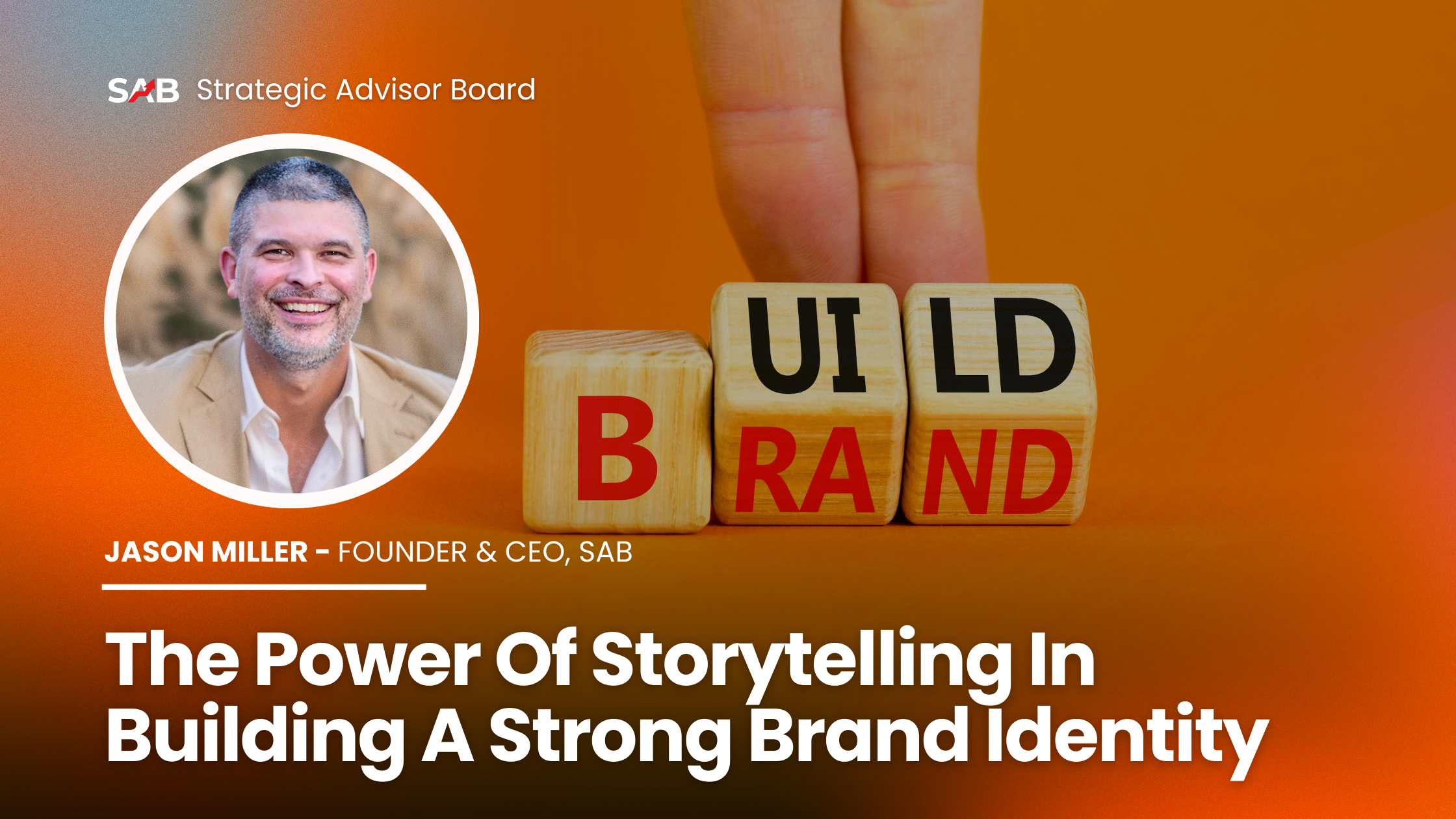
In the competitive landscape of modern business, a strong brand identity is indispensable. Beyond logos and taglines, storytelling emerges as a potent tool to forge deep connections with consumers, distinguishing a brand in a crowded marketplace. This article explores how effective storytelling can be leveraged to build a compelling brand identity, turning casual customers into loyal advocates.
Storytelling is not just about crafting narratives; it's about imbuing your brand with values and emotions that resonate with your audience. A good story can encapsulate the essence of your brand, conveying not only what you sell but why it matters. This narrative becomes a foundational piece of your brand identity, influencing how customers perceive and interact with your brand.
Effective brand stories often center on the brand’s mission, vision, and values, showcasing the journey of the brand and its impact on customers and the community. Such stories are not only memorable but also inspire trust and loyalty, elements crucial to sustaining a long-term relationship with consumers.
Humans are inherently drawn to stories. They are how we understand the world and our place within it. For brands, tapping into this natural predilection can elevate a simple message into a shared experience. When a brand successfully tells a story that strikes an emotional chord, it can enhance customer engagement significantly.
Emotional storytelling can transform a brand from a faceless entity into a relatable ally. For example, a brand that shares its humble beginnings, challenges overcome along the way, and the passions that drive its creators can engender empathy and support from its audience. This emotional investment can turn customers into brand ambassadors who share your story with others.
Creating a compelling brand story requires a deep understanding of your brand’s core values and your audience’s needs and desires. Here are some strategies to consider:
Authenticity is Key: Your story should be genuine. Fabricated stories or those that contradict your brand’s actions can lead to distrust. Authentic stories that align with your brand’s real-world practices resonate more deeply and sustainably with audiences.
Focus on the 'Why': People are more interested in why you do what you do than what you do. Your story should articulate the purpose behind your brand. Why did you start your company? What problems are you solving? How are you improving lives?
Make Your Customers the Heroes: Position your customers as the protagonists in your stories. Show how your products or services have transformed their lives. This not only illustrates the value of your offerings but also makes the narrative relatable to prospective customers.
Use Multiple Channels: Tell your story across various platforms — from your website to social media, through videos, podcasts, and even packaging. Consistent storytelling across multiple touchpoints reinforces your brand identity and increases its reach.
The impact of storytelling on brand identity can be profound:
Differentiation: In industries where products and services are largely similar, stories can highlight a brand’s unique aspects and values, differentiating it from competitors.
Customer Loyalty: Stories that resonate can lead to strong emotional connections, fostering customer loyalty and encouraging repeat business.
Brand Advocacy: Engaged and loyal customers often become brand advocates, sharing your story with others and expanding your reach organically.
A powerful aspect of storytelling in branding is the strategic use of visuals and media. The adage that a picture is worth a thousand words holds particularly true in the realm of brand narratives. Visual storytelling can transcend language barriers and connect with audiences on an instinctive level.
Imagery, whether in the form of photographs, illustrations, or videos, can convey emotions and contexts quicker and more effectively than text alone. For instance, a brand that aims to evoke a sense of adventure might use vivid images of exotic landscapes and action-packed scenes. These visuals not only capture attention but also make the brand's narrative more engaging and memorable.
The power of storytelling in building a strong brand identity cannot be overstated. A well-crafted story can transform a brand from a mere provider of goods or services into a meaningful part of its customers’ lives. By engaging customers on an emotional level, storytelling not only enhances brand recognition but also builds lasting loyalty. In a world where consumers are bombarded with countless choices, a strong story stands out, making your brand not just seen but remembered.
Are you interested in growing your business with little or no work on your part? Check out our 1-Day Power Intensive to see if it’s right for you!
This article was brought to you by: Jason Miller, AKA Jason "The Bull" Miller, Founder/CEO and Senior Global Managing Partner of the Strategic Advisor Board - What has your business done for YOU today?